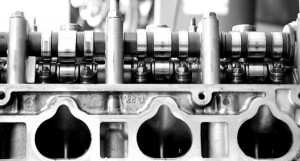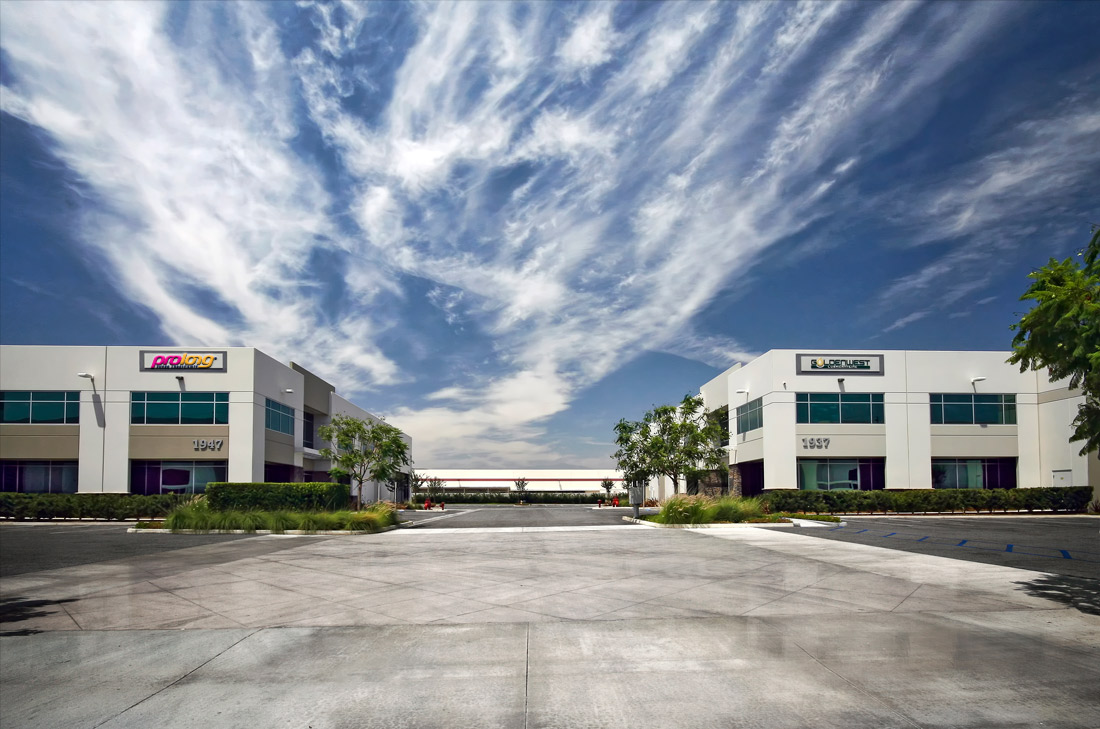Like all viable technologies serving the industrial and commercial industries, the lubricating fluid industry has made great strides over the years, particularly in the automotive industry. Today, lubricating fluids must perform across a range of demanding applications, effectively protecting engineered components under increasingly longer warranties and complying with stringent regulations.
However, the primary functions lubricating fluids are expected to perform—lowering extreme temperatures and reducing damaging friction levels—have not changed over the years. When lubricating fluids reduce friction in automotive applications, they help reduce actual operating and running temperatures; decrease corrosion tendencies within the system; boost mechanical efficiency, which could mean better fuel efficiency or lower electrical usage; and decrease oil temperatures leading to less viscosity loss, better hydrodynamics and less oil consumption.
Although the technology behind today’s lubricating fluids represents great strides in tribology research, the advent of bonding technology, blended with traditional lubricating fluids, delivers opportunities to dramatically improve performance by imparting characteristics not available with lubricating fluids alone.
Characteristics of Bonding Technology
Lubricating fluids treat only the surface of the metal. To enhance their performance, these usually contain additives, including extreme pressure agents, surfactants, antioxidants and corrosion inhibitors, which help the fluid better cool surfaces and reduce friction.
However, when lubricating fluids are blended with bonding technology, the resulting fluid is able to not only treat the surface of the metal but to actually modify the surface of the metal as well.
Bonding technology is a specialized extreme-pressure lubricant formulated by chemically treating paraffin-based hydrocarbons, which are known to withstand extremely high temperatures and pressures. This technology is formulated with a unique long-chain molecule enabling it to achieve significant chemical stability.
“This process is so stable it is responsible for achieving the highest possible ‘1a’ rating in independent laboratory testing designed to determine the anti-corrosive characteristics of lubricants,” said Juan Lopez, GoldenWest Lubricants, Inc.
The result is a technology that interacts with metal surfaces in a molecular and chemical process to create a protective buffer on the surface of the metal. This is not a film or coating over the metal—molecules become polarized and actually bond with the metal surface.
“This layer of molecules is activated by extreme pressure and heat, enabling it to perform optimally when harmful friction and heat are at their most damaging levels,” said Mark Catano, GoldenWest Lubricants, Inc.
Bonding Technology Present When Lubrication is Not
Lubricants provide a film barrier between metal surfaces pressing or rubbing against one another, and higher quality fluid provides greater film strength. However, in extreme pressure metal-to-metal applications, without bonding technology, the film strength of the lubricant becomes weakened and thinned, and in some cases can be completely squeezed out.
One of the greatest advantages bonding technology imparts in automotive applications is that it is present when engine oil is not. When starting a vehicle, the engine begins to turn over, generating heat and wear, while the oil is still in the pan. The oil doesn’t move to critical parts until the oil pump pumps oil up the oil galleys to such vital parts as the camshaft, tappets and bearings. With bonding technology, after an initial exposure, the fluid is “bonded” to the critical metal parts, protecting them instantly. In fact, approximately 65 percent of wear on an engine takes place during the start-up operation before the lubricant reaches those parts.
In some processes, the movement of flowing lubricant can cause bubbles, chips and shavings, temporarily blocking cavities “hiding” from the lubricant as parts move. This can result in microseconds during which no flowing lubrication reaches the surface of the part, raising temperature levels and degrading the part’s surface. With bonding technology, the surface remains protected despite the absence of the lubricant.
Reducing Metal Wear with Bonding Technology
Metal surfaces feel smooth to the touch, but in truth they have microscopic surface peaks and valleys. These irregularities can catch or snag as metal surfaces push and slide against one another, causing the surface to become damaged and vulnerable. This action also causes particles of metal and shavings to break away into the fluid. When these particles are found in a lubricant, it is a sign of metal fatigue and damage. These particles also can cause damage as they circulate through the lubricant, rubbing against metal parts.
The protective layer formed by the molecules in bonding technology lubricates those surface irregularities through an extreme lubricating film pressure that fills in and evens out the peaks and valleys, diminishing the effects of metal-to-metal friction. As this protective layer is worn away, it is constantly replaced by molecules circulating within the oil. The bonding technology continually lubricates the metal surfaces, reducing the friction that causes metal fatigue and damages equipment and parts.
Smoother metal surfaces result in improved seating between piston rings and cylinder walls, less oil consumption, less leakage of combustion by-products from combustion chamber into the lubricant system, less wear of metal surfaces and possibly a decrease in compression loss.
Improve Performance, Increase Cost Efficiencies
Blending bonding technology with lubricating fluids can improve engine performance and boost part life, increasing cost efficiencies. Bonding technology employs a molecular and chemical process that creates heightened resistance to extreme friction and heat, which greatly shorten part life and reduce efficient, economical performance. With the need to preserve costly components longer, incorporating advanced bonding technologies in automotive applications can help keeping engines running dependably and efficiently.


